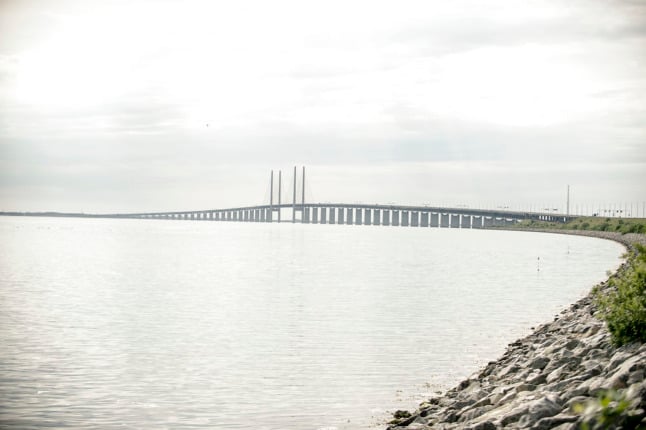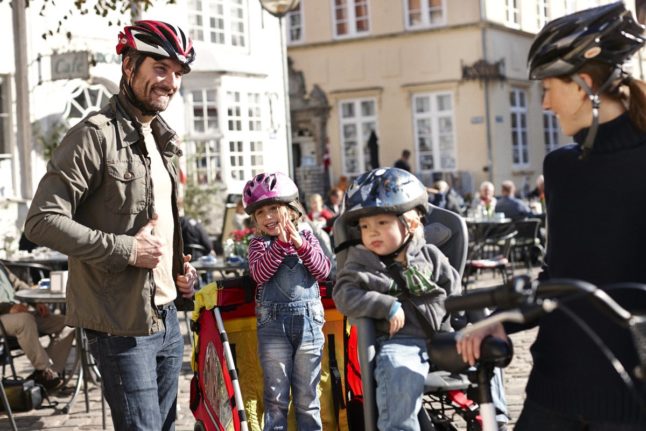Øresund Bridge operator Øresundsbron has warned that the connection between Denmark and Sweden faces intermittent closures on Wednesday.
Disruptions are possible throughout Monday-Thursday this week, with Wednesday likely to see the most significant road closures.
The international Holocaust conference in Malmö is expected to be attended by a number of government and state leaders.
Police will therefore be setting roadblocks in several places for security reasons. The Øresund bridge will be among road closures, Øresundsbron said via its website.
The bridge usually sees an average of around 20,000 traffic crossings daily, although that number was significantly reduced in 2020 due to the coronavirus crisis.
The bridge is expected to be closed in both directions for “shorter or longer periods” during October 13th when police request this, the bridge operator writes.
The exact times at which closures occur are not yet set and can be requested by police at short notice. However, most disruptions are expected to occur between 8am-10am and 4:30pm-8pm on October 13th.
However, the entire period from October 11th-14th could be affected by closures.
Updated traffic information can be checked via the Øresundsbron website.
Rail services across the Øresund Bridge are not expected to be affected by the conference.
READ ALSO: What you need to know about Malmö’s Holocaust conference



 Please whitelist us to continue reading.
Please whitelist us to continue reading.
Member comments